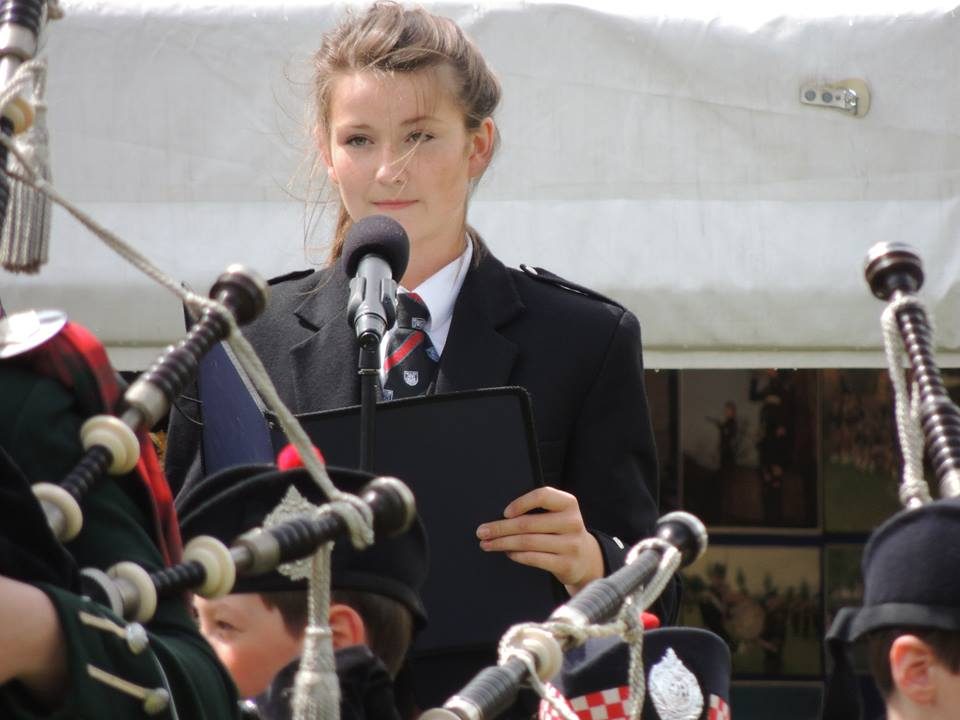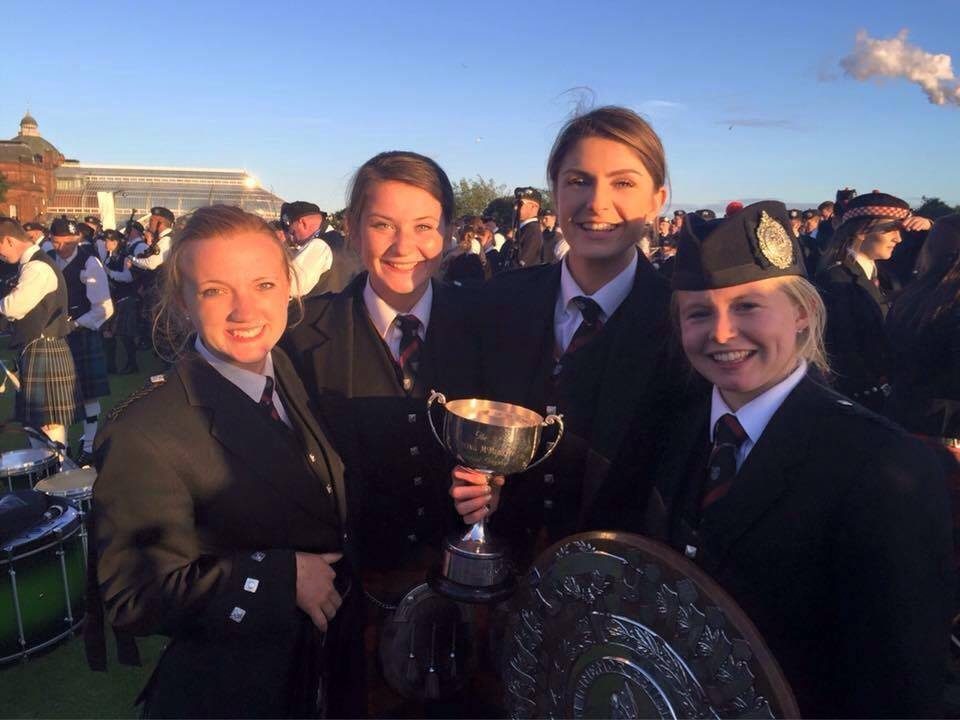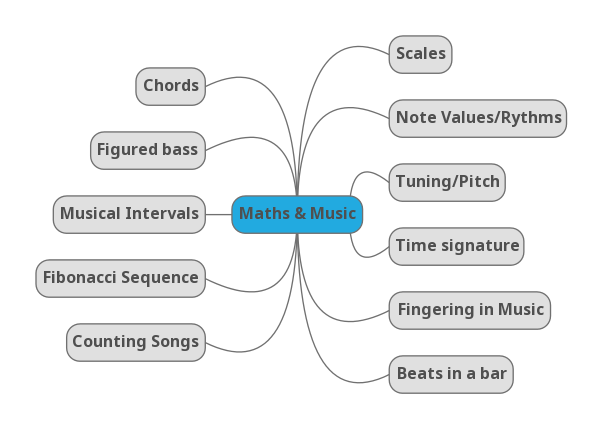
Being brought up in a very musical family meant that much to mum’s annoyance, there was never a quiet moment in the house. It also resulted in ‘happy birthday’ being sung as a riff off or in several harmonies! I had singing lessons up to the end of high school and thoroughly enjoyed being part of the school summer musical every year. I was also part of the school pipeband, playing both snare and tenor drum. This was a serious commitment as we won the World Championships several years in a row! I took music up to higher and it was a lesson I would look forward to going to every day. It’s clear that music is more than an enjoyable hobby to me and is something that I’ve grown up with and love.

“Rhythm depends on arithmetic, harmony draws from basic numerical relationships, and the development of musical themes reflects the world of symmetry and geometry. As Stravinsky once said: “The musician should find in mathematics a study as useful to him as the learning of another language is to a poet. Mathematics swims seductively just below the surface” (Marcus du Sautoy, 2011).
After having our music lesson, I went home and reread this quote repeatedly. The more I read it the more it made sense. I had never seen the relation of music and maths before and after realising all the connections it made a lot of concepts easier to understand.
Here is a mind map of the connections between maths and music:

The Fibonacci Sequence
The Fibonacci sequence is something I had heard about before and after hearing it in the lecture I thought I’d do some more research on it. I never knew that this sequence was not only used in music but also in art and nature. From using the numbers from the Fibonacci sequence, it can lead to spiral patterns forming. Here are nature images which display these spiral patterns:

Scales
Doing scales was something I always dreaded and personally, it was the least enjoyable part of the subject. However, after discussing Wiggins theory behind the relation of maths and scales in music it has made more sense and has helped me remember it more clearly.
We then learned about the 12 note row. This is something which anyone can do and is great fun to compose a piece like this! However, in my opinion it is note the most pleasant of music to listen to. Here is an example of what it sounds like:
Although music is a subject which I already knew a fair bit about, I have learnt a lot from the lecture and really enjoyed it!
References
Du Sautoy, M. (2011). ‘Listen by numbers: music and maths’ Guardian. Available http://theclassicalsuite.com/2011/06/listen-by-numbers-music-and-maths-via-guardian/
(Accessed: 06 November 2017)
Wiggins, G.A. (2012): Music, mind and mathematics: theory, reality and formality. Journal of Mathematics and Music: Mathematical and Computational Approaches to Music Theory, Analysis, Composition and Performance. Available
http://dx.doi.org/10.1080/17459737.2012.694710 (Accessed: 6 November 2017)
